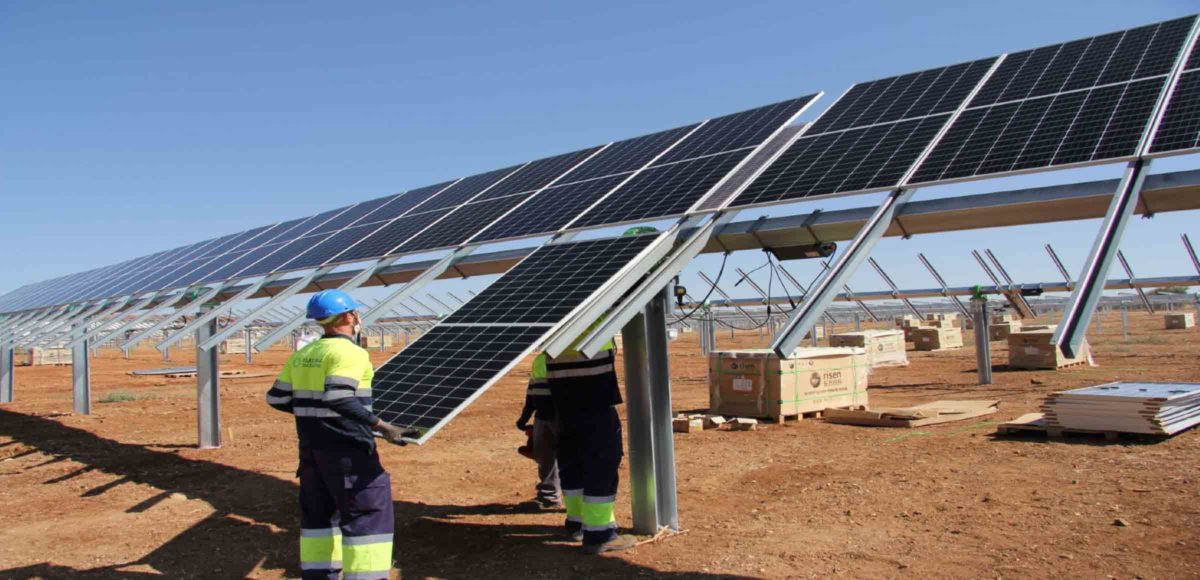From pv magazine Spain
In February, renewables generated 11,543 GWh in Spain and reached a share of 54.1% of total energy, while 76.3% of electricity was produced without emitting equivalent CO2.
The main source of production for the month was nuclear, with a share of 22.1%, followed by hydroelectric power, which grew by 41.6% and reached a share of 20.2%. These were followed by wind power (17.3%), solar photovoltaics (14%) and combined cycle, responsible for 13.8% of the total.
In addition, of the total energy, 237 GWh was supplied to storage facilities and 1,214 GWh were scheduled for export to neighbouring countries. In December, Spanish grid operator REE began to include storage capacity in the transport network in its monthly report.
In the Balearic Islands, combined cycle, with 61% of the energy produced, was the main source of electricity in February. For its part, renewable energy generated in the Balearic community represented 12.7% of the total. Renewable production in the Balearic Islands grew by 15.4% in January compared to the same month the previous year. In addition, during February, the undersea link between the Peninsula and Mallorca covered 21.6% of Balearic electricity demand.
As for the Canary Islands, combined cycle, with 39.2% of the total, was also the main source of electricity generation in February. Renewables reached a share of 21% of production by generating 142,420 MWh, 3.7% more than in the same month the previous year. Wind power contributed 16.1% of the total during the month.
Demand decreases by 3.4%
In February, national electricity demand fell by 3.4% year on year after taking into account the effects of temperature and working hours. In the first two months of 2025, in gross terms, electricity demand was 42,779 GWh, 0.2% higher than in the same period of 2024.
In the Balearic Islands, electricity demand in February was 0.5% higher than in the same month of 2024 after taking into account the effects of working hours and temperatures. Thus, gross demand is estimated at 422,796 MWh, 3.1% higher than in the previous year.
In the Canary Islands, electricity demand fell by 3.2% compared to the same month of 2024, taking into account the effects of working hours and temperatures.
This content is protected by copyright and may not be reused. If you want to cooperate with us and would like to reuse some of our content, please contact: editors@pv-magazine.com.



By submitting this form you agree to pv magazine using your data for the purposes of publishing your comment.
Your personal data will only be disclosed or otherwise transmitted to third parties for the purposes of spam filtering or if this is necessary for technical maintenance of the website. Any other transfer to third parties will not take place unless this is justified on the basis of applicable data protection regulations or if pv magazine is legally obliged to do so.
You may revoke this consent at any time with effect for the future, in which case your personal data will be deleted immediately. Otherwise, your data will be deleted if pv magazine has processed your request or the purpose of data storage is fulfilled.
Further information on data privacy can be found in our Data Protection Policy.